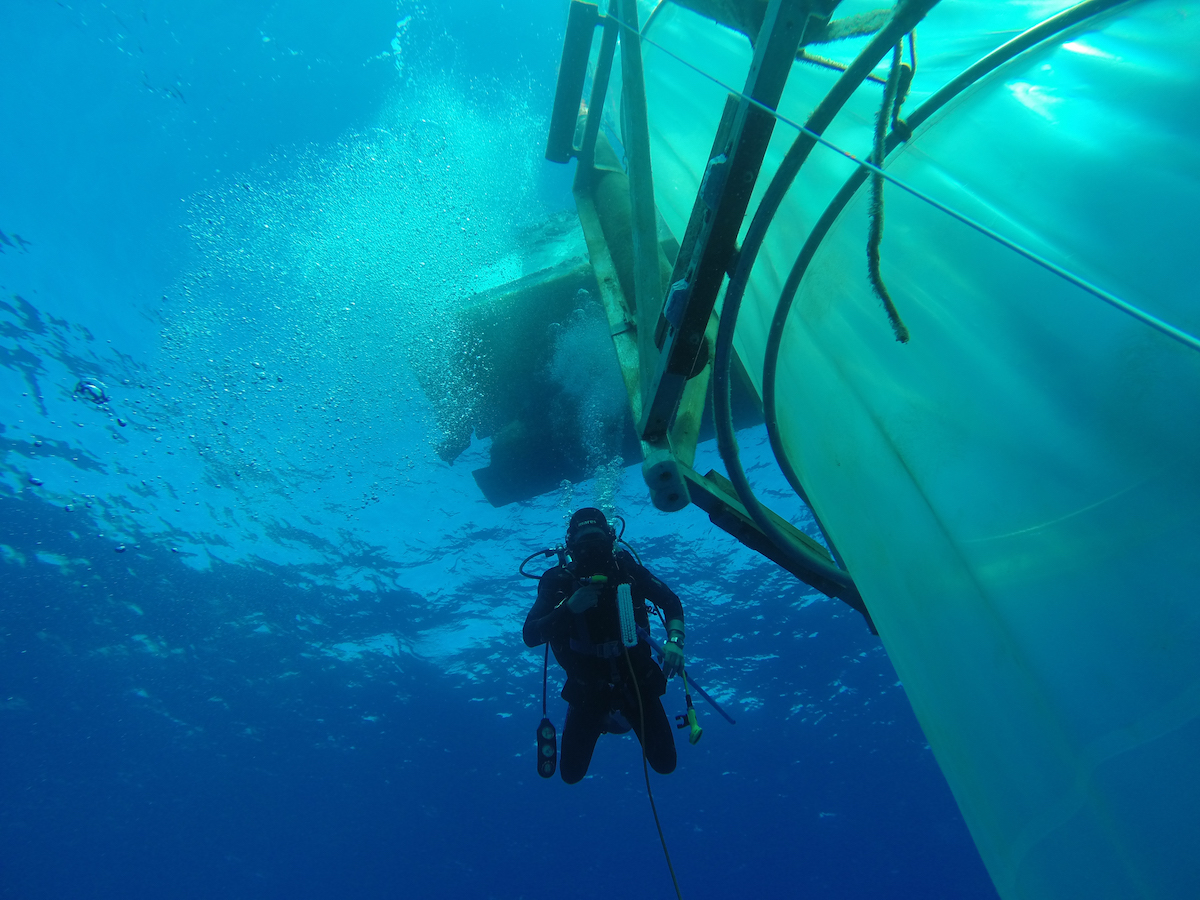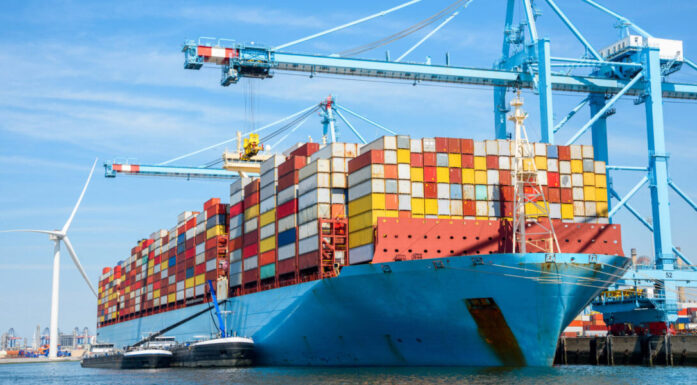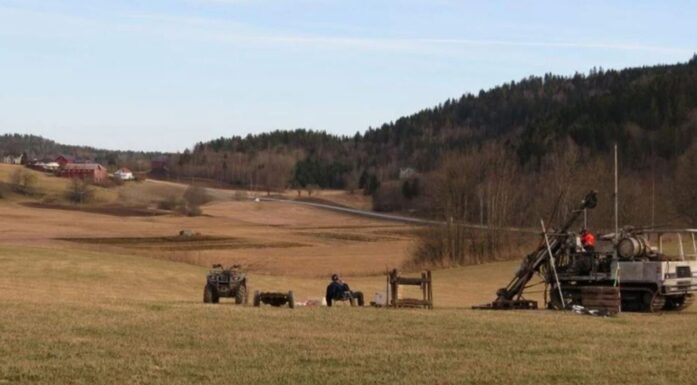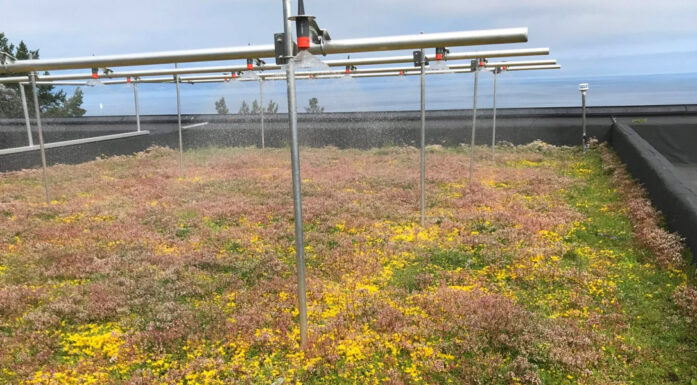Ocean acidification stimulates mass development of toxic algae
If carbon dioxide concentrations in the atmosphere and in the ocean continue to rise, this could fuel the mass development of toxic algae, with far-reaching consequences for the pelagic food web, an international team of researchers has found.
In a two-month field experiment off the Canary Islands, an international group of scientists led by the GEOMAR Helmholtz Centre for Ocean Research Kiel has uncovered a possible consequence of ocean acidification that could massively affect the marine food web.
The team, including Nicole Aberle-Malzahn from NTNU’s Department of Biology, has described how the toxic alga Vicicitus globosus strongly increased its abundance at carbon dioxide concentrations above 600 ppm (parts per million) and went into mass development above 800 ppm. These results were published in the 19 November issue of Nature Climate Change.
“In our near-natural test environments these algal blooms had a strong negative effect on the rest of the plankton community, particularly the diverse groups of zooplankton. These tiny animals are extremely important for the marine food web. The collapse of the food chain also influenced other important processes driven by the marine biota, such as the carbon transport to depth,” explains Prof. Dr. Ulf Riebesell, Professor of Biological Oceanography at GEOMAR and first author of the study.
For the experiment, the team had deployed nine sea-going mesocosms off the Canary Islands. Each consists of a flotation frame at the sea surface, which holds a 15-metre-long plastic tube vertically in the water. The tubes contain 35 cubic meters of seawater with the natural plankton community enclosed. Separated from the surrounding sea, the enclosed water column was enriched in CO2 to levels expected for different CO2 emission scenarios. The researchers then closely monitored the development of the plankton community for the following 57 days.
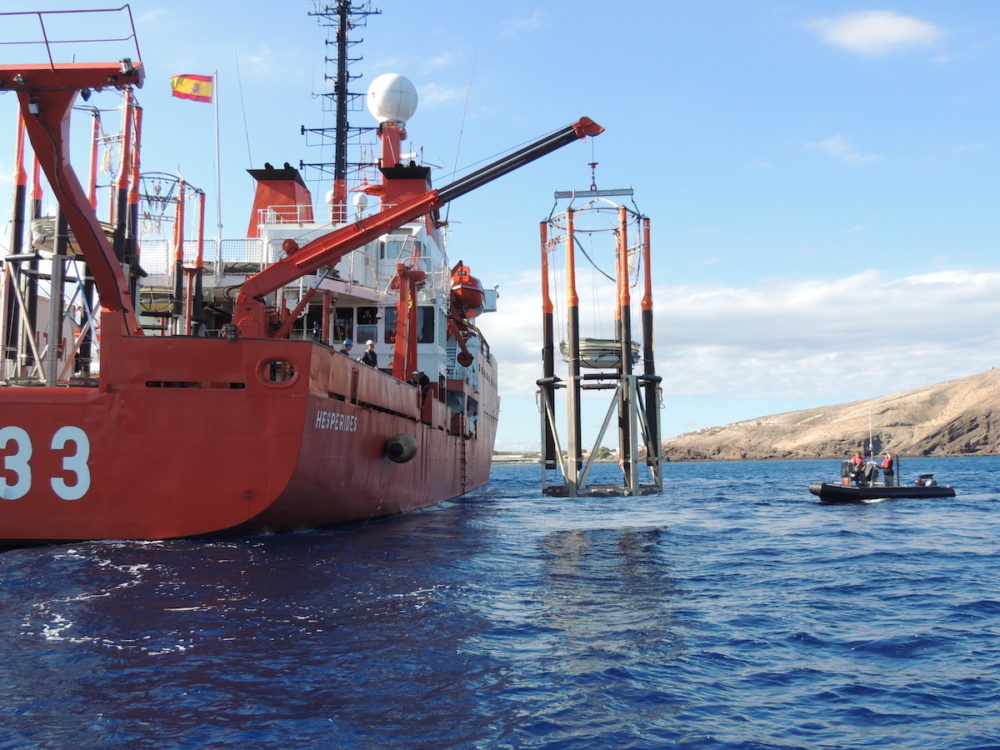
The Spanish research vessel HESPERIDES deploying the mesocosms. Photo: Ulf Riebesell/GEOMAR (CC BY 4.0)
The various groups of phytoplankton and zooplankton in the mesocosms showed a wide range of responses to the elevated carbon dioxide and increased acidity. The most striking response, however, was the rapid growth of the toxic alga Vicicitus globosus at CO2 concentrations above 600 ppm. “This CO2 level could be reached in the next three to four decades if our carbon dioxide emissions are not declining rapidly,” says Riebesell.
The exact cause for the success of Vicicitus globosus under high CO2 conditions has not been identified yet. Either the alga benefits disproportionately compared to other competing species in terms of its growth rate, for example through increased photosynthesis under elevated CO2. Or its toxicity increases with rising CO2, so that it is eaten less.
“Resolving this question will require further detailed analyses in the laboratory,” Riebesell said.
It is uncertain also whether the results of this study can be transferred to other toxic algae species. Still, Vicicitus globosus is distributed widely, from temperate regions to the tropics. Blooms of this species have repeatedly been associated with fish mortality in coastal waters and aquacultures.
“This is the first evidence from a field study that ocean acidification can promote toxic algal blooms. Another strong reason for rapidly reducing CO2 emissions,” Riebesell said.
